Surrealistic Urban Spaces and the Sanctuary of Shopping Malls
When I was strolling with the photography class, about 4 weeks ago back in March 2018, an unsettling thought sparked through my mind of how difficult it was to get a good composition in my pictures within the urban space of Braga and Alun-alun. The worrisome mind consumed me that I fell on deaf ears to my student’s struggle to record the daily realities. Among the tall art deco buildings, I thought extra hard how to take the class to find safe routes and photographic spots that may deliver the goal of the outing that day. Difficulties in placing objects and people are marred further by the inadequate distance buildings are laid in their city planning: it is as if they are placed not to be visually enjoyed in its entirety but to be there functionally as trophies. This causes taking picture and photographic framing become difficult in relation to the safety of the photographers, lens choices, and most annoyingly the visual obstructions that some un-meditated public facility placements bring.
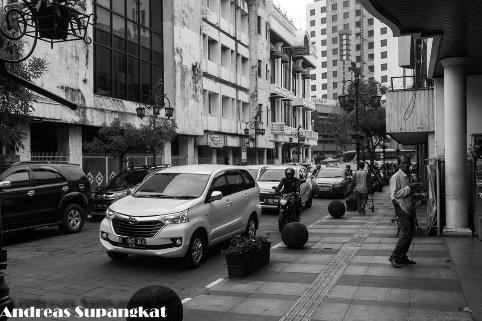
The omnipresent corners such as trash piles, misplacements of public facilities, and congregations of shabby food peddlers, they exist to follow the whim and will of the mind of the urban inhabitants for the sake of functionality and survival completely unarranged, no premeditation and no regards at all for the parasitic conductance that occur; to this extent the once controlled, structured, organized, and formalistically designed art deco spirit of Braga is now invaded by the reality of the instinctual drive of survival to take advantage of and co-habit the space. To capture the essence of surrealism beyond the canvas, Andre Bréton defines Surrealism through the quote below:
“Psychic automatism in its pure state, by which one proposes to express — verbally, by means of the written word, or in any other manner — the actual functioning of thought. Dictated by thought, in the absence of any control exercised by reason, exempt from any aesthetic or moral concern” – Manifesto of Surrealism, 1924
Indonesia was not without any European influence in city planning, it’s just that, without the know-how of its mental framework and sense of visual pleasures we have become lost in picking up the proverbial traces of bread crumbs left by our former colonizer. As a developing nation, the majority of middle and lower class is still highly dependent on basic necessities and the needs for survival; therefore, the basic and instinctive functionalism of spaces. Homi K. Bhabha a post-colonial theorist, came up with a concept of the ‘third space’ one that is somehow derogatory to the overly-rigid sense of national identity. Third space’s mention of hybridity (half-breed, half-caste, etc) is somewhat befitting to our urban atmosphere specifically Bandung and Jakarta. Truthfully, we are Indonesians, but most of our functioning infrastructure, system, and heritage are coming from and developed out of the Dutch system, however that does not quite make us quite Dutch either. This hybrid confusion and the third space takes its toll on the mind of the city planning.
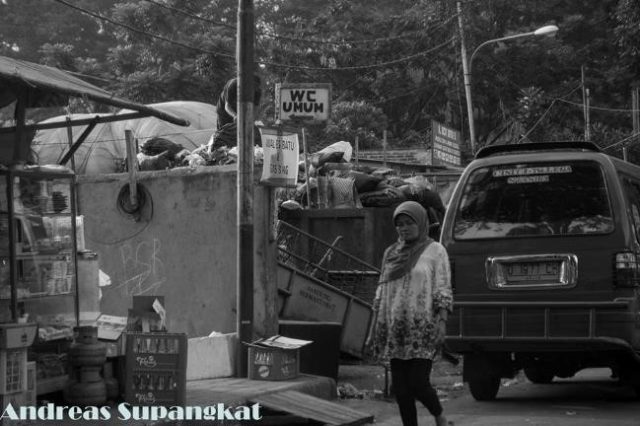
My experience taking pictures of Sydney, Australia and couple other European Cities made me realized how much the Hippodamian grid city planning of the Greek tradition and the orderliness they entail helped photographer tremendously in their composition – in a sense that they complement the calculations of rule of thirds, golden rules, etc. Both the grids and the photographic principles were based on reciprocally complementing mathematical calculations where their collaborations smoothen the job of urban photographers. This, however, does not imply that taking pictures overseas in developed countries are arguably easier and will produce great results instantly than doing so in Indonesia, photographic skills and a creative eye is still the dominant determinant for quality of a photographer. As a reminder, the visual pleasures were taken too often for granted and unrealized by many. So, then, what causes an urban scenery to be so visually pleasing? The sense of order? Neatness?
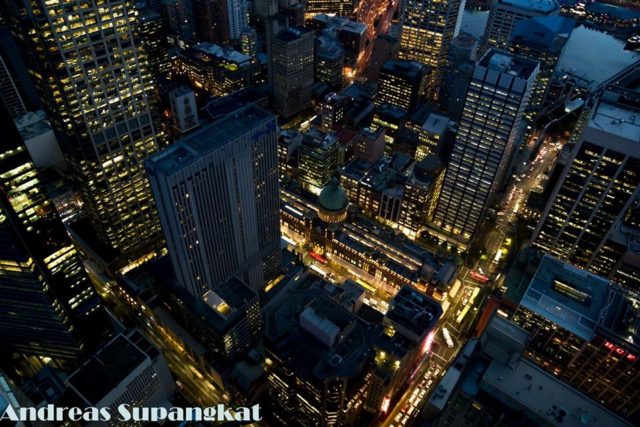
To answer and acknowledge the problem of the marred urban sceneries in Indonesia, a look back into both the colonial tradition and the city planning become necessary. According to Henri Lefebvre in his book Le Droit à la ville (1968), he covered a proposed idea which has become a staple thinking in a lot of urban related discourses and discipline, and that idea is The Right to the City. The Right to the City in its basic definition translates into: the basic right of the city inhabitants to transform, rework, molds and shapes the city in accordance to the identity and the tradition of its dweller Lefebvre believed that the people were capable of shaping particular functions of urban spaces. Within the case of Indonesia however, this is visible in the ritualistic tradition of the periodic ‘pasar’ and the diasporic ‘shanty towns’ along the river banks, many of the land never had any legitimate permit to be built upon. Consequently, along the failures in management and horrendous city planning is this uncontrolled, unregulated ownership of space that visually taints urban rhythm and consistencies turning them into ransacking surrealism.
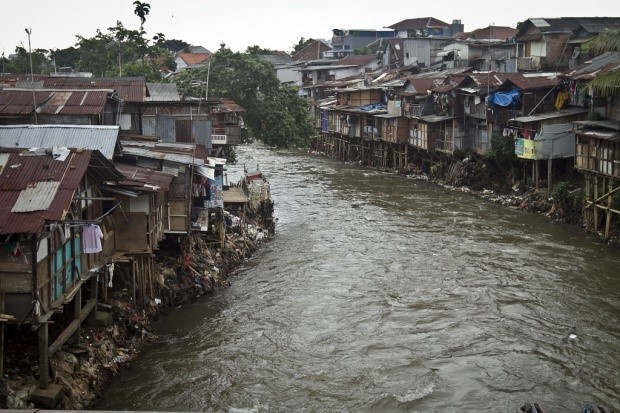
When aesthetic of surrealism is not accessible to everyone, the masses are drawn towards the most basic instinct that covets visual pleasure. Arguably, there is something mysterious about the human eye, or is it the soul? That finds psychological joy in well ordered, neatly placed, recognition of rhythm, textures, lines, and sense of repetition of which are completely invisible to the unheeding mind but commanding and demanding nonetheless. The wide spread phenomenon of shopping malls in Indonesia especially in island of Java is frequently inhabited by urban dwellers perhaps not for merely their needs for economic transaction, but the craving for a well-controlled private space complete with all its visual pleasures. When the world outside the shopping arcades and malls fail to provide these, the only fulfilment the urbanites may get to satisfy their unrealized hunger for that visual pleasure is through the well-organized, decorated store displays, and the principles of merchandising doing their job.
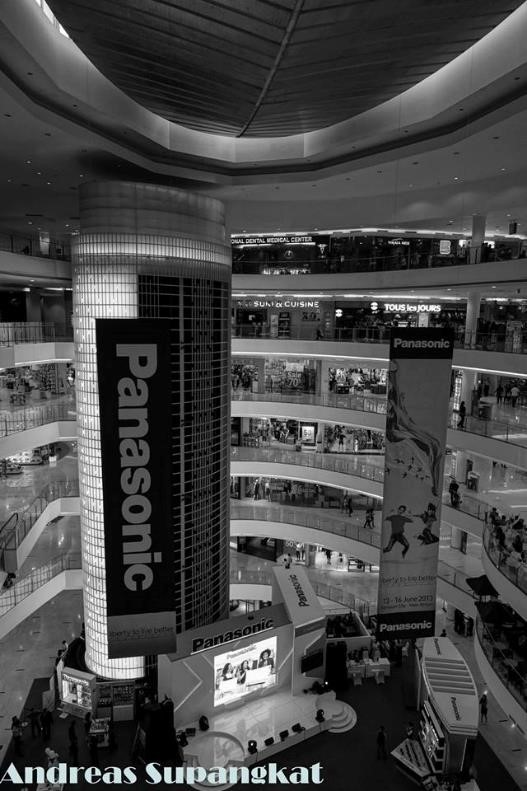
by: Andreas J. Pratama


Comments :